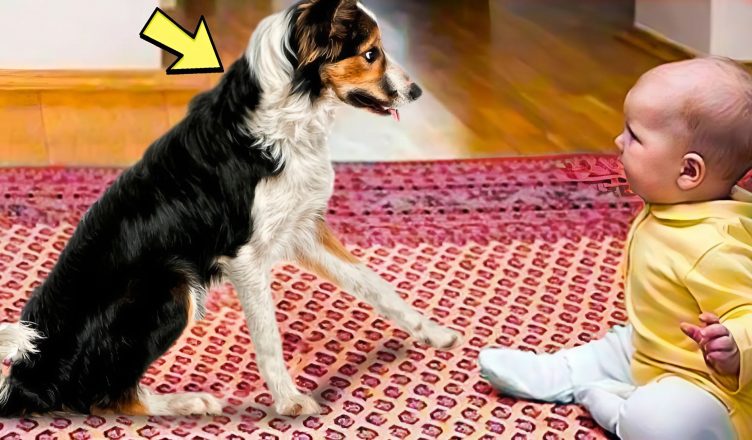When the Sergeyev family from Voronezh, Russia, was told their 9-year-old son would never walk again, their world shattered.
After a horrific car accident, little Artyom was left paralyzed from the waist down. The spinal cord damage was severe, and the doctors gave his parents no false hope: his chances of recovery were virtually zero. He would spend his life in a wheelchair.
But his father, Alexei, wasn’t ready to surrender to that future.
While therapists focused on rehabilitation routines, Alexei quietly followed a different instinct — one that came not from a medical textbook, but from the heart.
And it changed everything.
A Small Dog. A Big Change.
Two months after Artyom returned home from the hospital, emotionally withdrawn and physically unresponsive, Alexei brought home a surprise: a three-month-old Labrador puppy named Max.
At first, Artyom didn’t respond. He sat silently in his chair, staring past the walls. Not speaking. Not moving. A shadow of the boy he once was.
But Max didn’t give up.
He followed Artyom from room to room. He slept beside the wheelchair. He nudged Artyom’s hand, waited patiently, and came back again. And again.
Days passed.
Then, one afternoon, something incredible happened.
Artyom moved his finger. Just a tiny twitch — to touch Max.
The First Spark
That single movement broke the silence.
The next day, Artyom tried to say the dog’s name.
By the end of the week, he laughed — a real, joyful laugh — when Max licked his face and dropped a toy in his lap.
Soon, Artyom was lifting his arms. Tossing a small ball. Slowly. Clumsily. But with intent.
Alexei captured it all on video — not for the doctors, but for himself. Proof that his son still wanted to connect with the world.
When the medical team reviewed the footage, they were floored.
A follow-up neurological test revealed something they didn’t expect: slight but measurable nerve signals in parts of Artyom’s lower body. Regions that had previously shown no response were beginning to activate.
It wasn’t just emotional recovery.
It was physical.
The Dog That Changed the Diagnosis
Skeptical at first, the doctors eventually admitted: Max wasn’t just a companion. He was acting like a therapy animal — encouraging engagement, triggering motivation, and bringing Artyom’s mind and body back online in ways therapy hadn’t.
Three months later, Artyom moved his foot.
Just a twitch — but one that brought his parents to tears.
Today, He Walks (With Help)
A year and a half later, Artyom is walking short distances with a leg brace and assistance. He attends school part-time, participates in adaptive sports, and plays fetch with Max — now a full-grown, tail-wagging best friend.
The Center for Neurological Rehabilitation has called his case “medically remarkable.”
Alexei has since been invited to speak at conferences about patient-driven recovery and alternative therapy models. While doctors are careful to say the dog wasn’t a cure, they agree on one thing:
Max gave Artyom something no treatment could: the will to try.
A Lesson in Love
This isn’t a story about magic. Or miracles.
It’s a story about the quiet power of hope, the loyalty of a dog, and a father who believed there was still something left to fight for.
Max didn’t heal Artyom with science. He did it with presence. With patience. With tail wags and nose nudges and the kind of love that never gives up.
And somehow, that turned the impossible into something possible.


